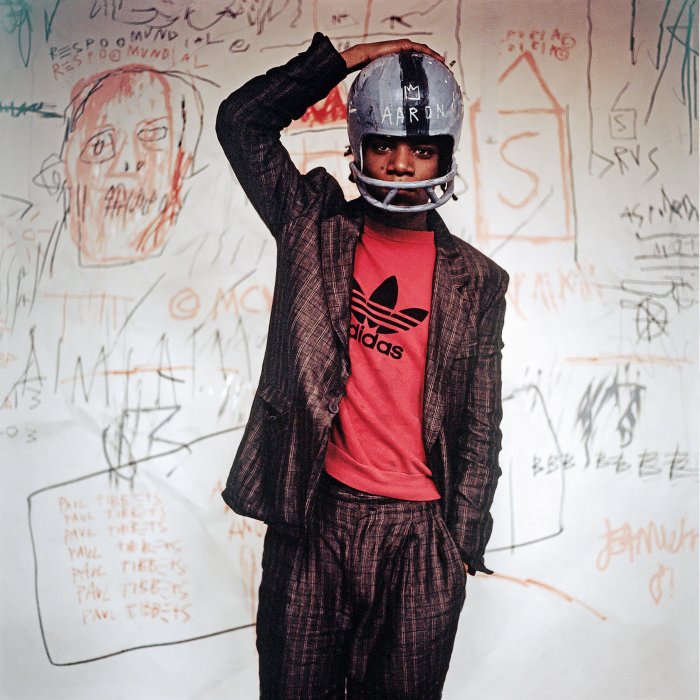Jean michel basquiat charles the first – Jean-Michel Basquiat and Charles I, separated by centuries but united by their artistic brilliance, offer a captivating study in the evolution of art. This comparative analysis delves into their lives, artistic styles, and the profound impact they have had on the art world.
Their unique perspectives, shaped by vastly different historical contexts, manifested in distinctive artistic expressions. Basquiat’s raw and expressive neo-expressionism contrasted with Charles I’s refined and allegorical Baroque style. Yet, beneath the surface, common threads emerge, revealing the timeless power of art to transcend time and inspire generations.
Historical Context

Jean-Michel Basquiat (1960-1988) and Charles I (1600-1649) lived in vastly different eras, yet their artistic journeys shared striking parallels. Basquiat’s graffiti-infused neo-expressionism emerged amidst the cultural ferment of 1980s New York City, a time marked by social inequality, racial tension, and the rise of hip-hop culture.
Charles I, on the other hand, reigned over England during a period of political turmoil and religious strife, which profoundly influenced his patronage of the arts and his own artistic endeavors.
Artistic Styles and Techniques
Basquiat’s raw, energetic style embraced graffiti, text, and symbols, reflecting his urban roots and personal experiences. His works often featured collaged elements, bold lines, and vibrant colors. In contrast, Charles I’s paintings exuded the elegance and formality of the Baroque era.
He commissioned works from leading artists such as Anthony van Dyck and Peter Paul Rubens, who employed sophisticated techniques to depict the king with grandeur and opulence.
Themes and Symbolism, Jean michel basquiat charles the first
Both artists explored themes of identity, power, and social commentary. Basquiat’s work often grappled with issues of race, poverty, and the marginalized. He used crowns, masks, and text fragments to create a visual language that challenged societal norms. Charles I’s portraits conveyed his authority as monarch, but also revealed his vulnerability and the political struggles he faced.
The use of religious imagery and symbolism in his paintings reflected the religious conflicts of his time.
Legacy and Impact
Basquiat’s work has had a profound impact on contemporary art, inspiring artists like Keith Haring and Takashi Murakami. His unique style and raw expressionism continue to resonate with audiences today. Charles I’s patronage of the arts left a lasting legacy in the development of British portraiture and the establishment of the Royal Collection.
His portraits remain iconic representations of the Stuart era and continue to be admired for their artistic excellence.
FAQ: Jean Michel Basquiat Charles The First
What were the primary influences on Jean-Michel Basquiat’s artistic style?
Basquiat’s work was influenced by a diverse range of sources, including graffiti, African art, and the writings of philosophers and poets.
How did the historical context of the 17th century shape Charles I’s artistic patronage?
Charles I’s reign was marked by political and religious turmoil, which influenced his patronage of art that reflected his absolutist beliefs and promoted a sense of royal authority.
In what ways did Basquiat and Charles I use symbolism in their art?
Basquiat employed symbols of identity, race, and social commentary, while Charles I used allegorical and religious symbols to convey political messages and glorify his reign.

